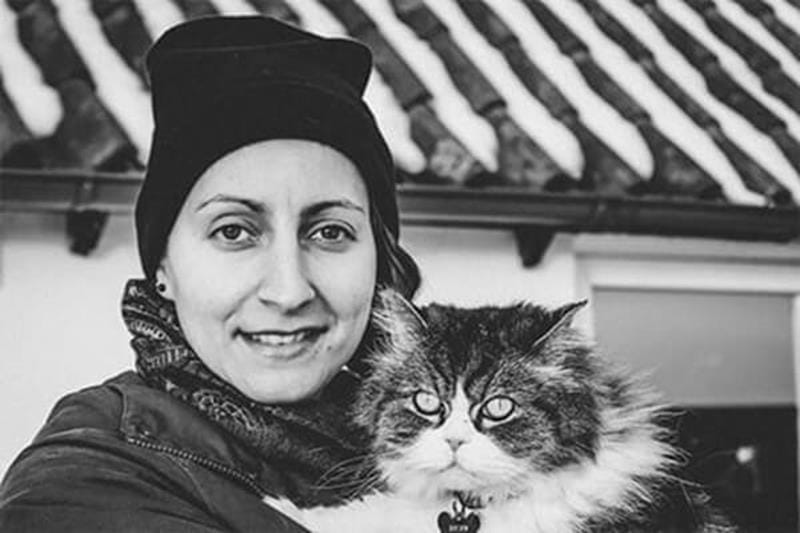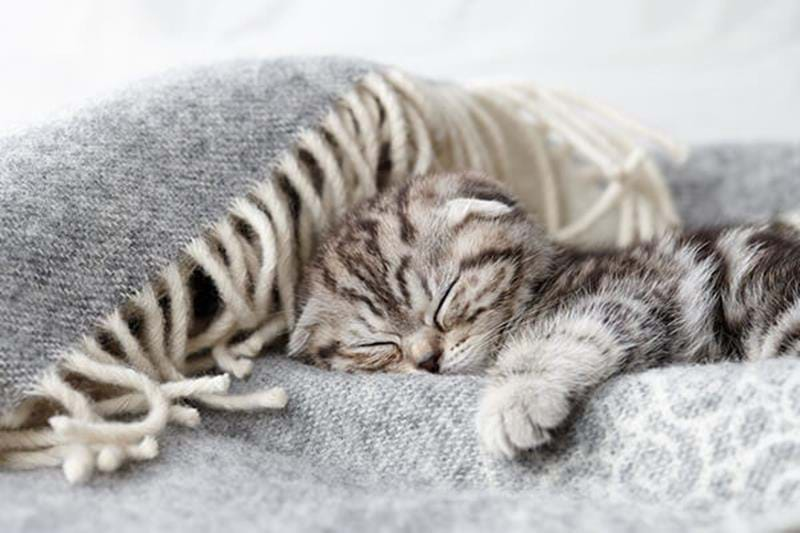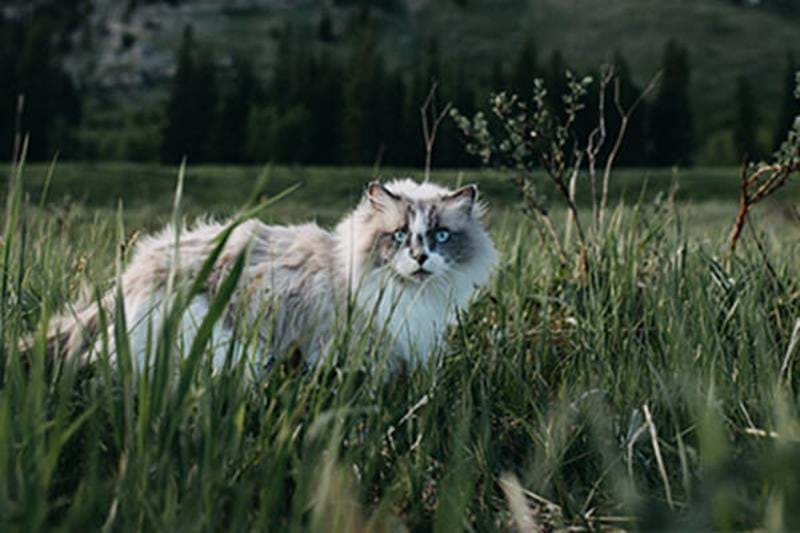The cat has been domesticated for several thousand years and has developed from controlling vermin into a beloved family member.
FROM VERMIN CONTROL TO COMPANIONS
Today’s domestic cat was domesticated from the wild cat several thousand years ago. Researchers believe cats were chosen due to their ability to keep pests and especially rodents away from stored food. The cat has an exciting history. Cats were highly valued in Egypt many years before Christ, but it took a long time for them to be equally appreciated in Europe. The cat’s popularity has been increasing since the 1800s and today there are more cats in Sweden and many other European countries than there are dogs. From vermin control to a highly regarded family member, cats have found a way into our hearts and homes over the years.
THE CAT’S HUNTING INSTINCT REMAINS
Despite the fact that cats are kept more as a pet and despite breeding attempts, it has been difficult to reduce their hunting instincts, as most cat owners know. The reason for this is believed to be that the cat’s nutritional needs have only recently been able to be met by humans with well-balanced food such as wet food and dry food. Cats previously had to catch their own prey to obtain vital nutrients, even though humans provided them with daily food.
IS THE CAT DOMESTICATED OR NOT?
An interesting question many researchers have asked themselves during the cat’s history, and people still ask themselves today, is whether the cat can actually be counted as domesticated. The reason for this is that cats are not as dependent on humans as dogs are and their behaviour towards humans differs markedly. Cats sometimes aren’t as friendly as dogs. However, researchers’ opinions differ and some consider the cat clearly domesticated while others say that it is “semi” domesticated. Either way, Bozita thinks that cats are fantastic companions, even if they don’t always show it.







